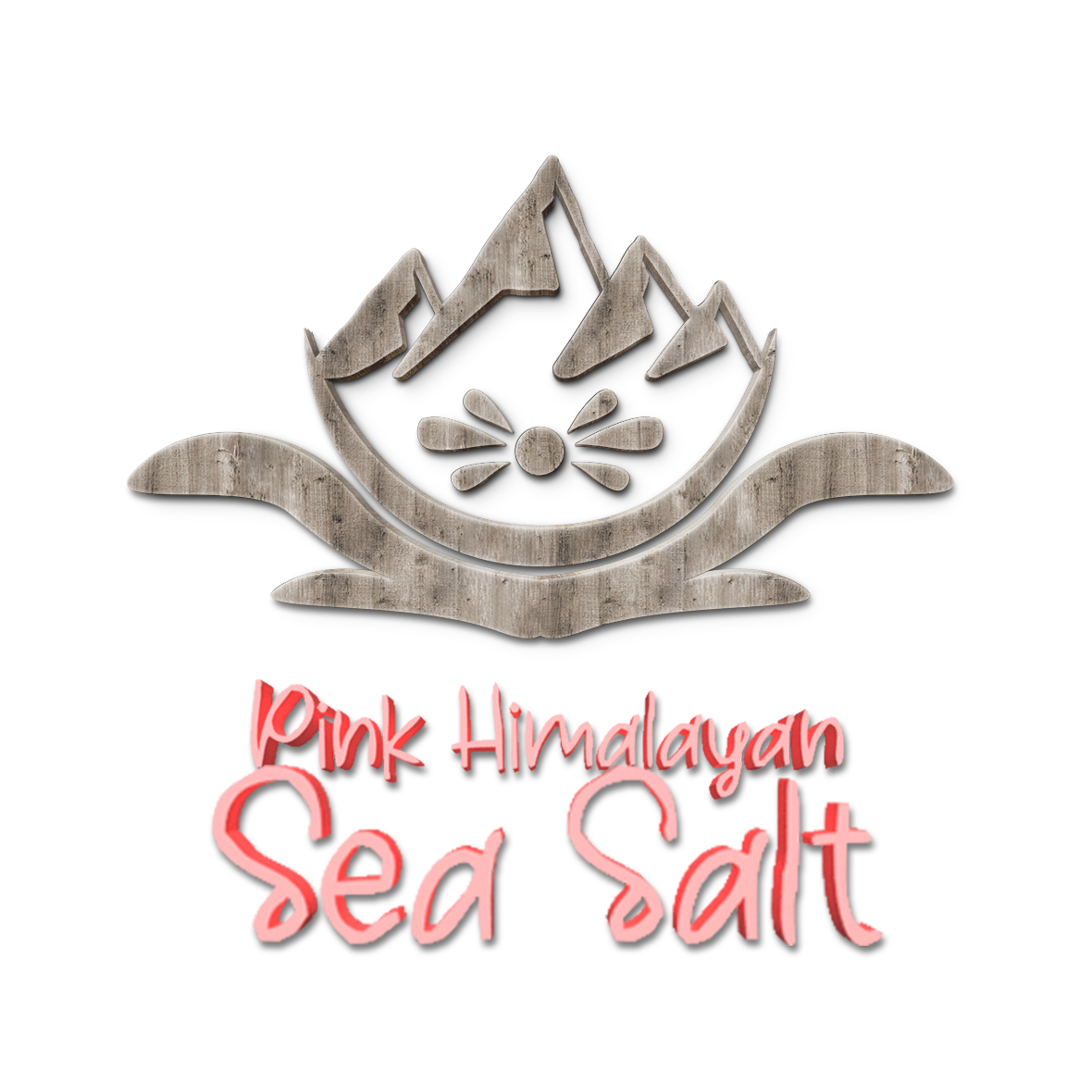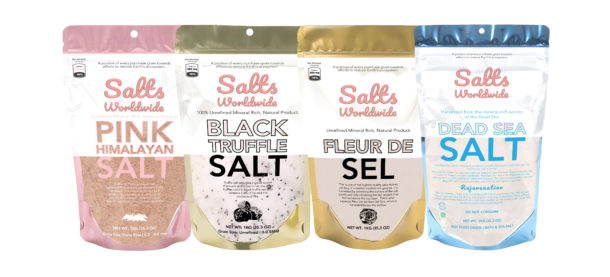
In order to identify the best pink sea salt for your needs, you will need to know a little bit about its mineral content and origin. There are also many different kinds of pink salt, and we’ll go over the health benefits of each. Let’s get started. The mineral content of each salt will influence its price, but what other factors should you consider? Read on to learn more. Also, we’ll discuss its origin and color intensity.
Mineral content
There are a few factors that should be considered when interpreting the mineral content of pink salt. These results are based on a study of 31 samples purchased from retail outlets in two Australian cities and one regional town. The study samples were collected from varying geographic locations, and sample number was low in some regions. The researchers performed color coding, but this process is subject to bias and may not be representative of the mineral content of other salt forms.
A study carried out in Australia found that samples of pink salt contained iron, zinc, calcium, chromium, and lead. The samples from Peru also contained the same minerals and lead. These results support the mineral content of pink salt in the Australian market. However, they do not prove that this type of salt contains these nutrients. Nonetheless, these findings suggest that the mineral content of pink salt may be significantly higher in some parts of the world than in others.
Despite being a functional cooking ingredient, pink salt has never been widely recognized for its health benefits. In addition to its cosmetic benefits, it also contains trace minerals that are beneficial to the body. Although the mineral content of pink salt is low in comparison to other types of salt, it should be used as a substitute for refined table sea salt. While it is not suitable for every recipe, it has numerous benefits that should make it worth considering.
Using pink salt is an excellent remedy for respiratory problems. It helps to rid the body of toxins and improves the skin’s texture. Using pink salt after meals is said to relieve constipation. It has a high sodium chloride content, which helps in softening the stools and helps relieve constipation. Some experts recommend taking a tablespoon of pink salt with six ounces of water before bowel movements.
Origin
The origin of pink salt is a controversial topic. Its history is far from clear, but it does seem to date back centuries. Today, much of the world’s pink salt comes from Pakistan. The country is proud of its rock salt, and it should boost its exports to the West. However, the future of pink salt is still largely undetermined. For now, we can only speculate as to its origins. This article explores the controversial topic.
The pink color of Himalayan salt is the result of microscopic algae that live in the extremely salted water. Halobacteria and Dunaliella isolate the red pigment, which is responsible for its pink hue. The water in these lakes is so salty that scientists have studied the bottom of the lakes to determine how the pink colorant was formed. They have also observed that the lakes’ bottoms are smooth and filled with stones, preventing scientists from scooping out the pink salt concentration.
The salt samples were transferred into clear plastic bags and randomly numbered from two to 32. A control sample was numbered one. The samples were then de-identified, and their color intensity was coded by three independent researchers. The samples were coded again until there was consensus among the participants. The authors thank all the scientists involved in the study for their efforts. These results indicate that the pink salts from the Himalayas contain minerals that may be harmful to human health.
The Himalayan pink salt is often referred to as “white gold.” It is a specialty salt because of its high mineral content compared to regular table sea salt. Chefs consider Himalayan pink salt to be gourmet cooking salt. It adds a vibrant pink color to food, and its texture is unlike any other salt. It’s also a great salt for grilling, roasting, and seasoning. Its color and taste make it a popular choice in many dishes.
Color intensity
A recent review of worldwide pink salt color intensity suggests that there are variations in the mineral content in pink salt, which varies significantly among different sources. The study examined 31 samples of pink salt from two metropolitan areas in Australia and one regional town. The researchers attempted to purchase all samples of pink salt, but it is possible that other pink salt products are available in other regions of Australia. The results of mineral content by form should be interpreted cautiously, as the sample size is relatively small, especially for flake samples. Three researchers performed the color coding independently, which may have increased the risk of type 2 error. Additionally, the color coding was subjective, and this could result in bias in misclassifications.
One sample of pink salt had a high lead content and exceeded the national maximum contaminant level of 2 mg/kg. However, none of the other samples exceeded the contaminant level set by NRV and FSANZ. In addition, the mean dietary intake of nutrients found in the samples was consistent, with only one sample exceeding the SDT for lead. This suggests that pink salt is safe for human consumption, but it does pose a risk to health.
The present study evaluated the mineral composition of pink salt sold in Australia, and the consequences of this for public health. It used samples purchased from retail outlets in two major cities and one regional town. The samples were color-coded according to country of origin, and the researchers used mass spectrometry to determine the amount of 25 nutrients and non-nutritive minerals in the pink salt. The authors also compared the mineral composition of pink salt to that of iodized white table salt.
Health benefits
You’ve probably heard of the health benefits of pink salt, but are you aware of the dangers of overuse? If you have a hard time avoiding it, consider adding a pinch to your dishes every now and then. Not only is it delicious, but it also has a number of health benefits. Here are some of them. Pink salt can improve your skin and relieve sore muscles. You can also use it to make a decorative lamp.
A recent study conducted by Australian researchers has discovered that a pinch of pink salt contains trace amounts of nearly every mineral found in the human body. Its nutrient content was higher than previously thought, although the study only looked at salt sold in Australia. However, a pinch of pink salt contains only a few milligrams of each nutrient, and sodium exceeded the Australian dietary target. Therefore, any additional health benefits of pink salt would be offset by the high amount of sodium.
The mineral is a colloidal form, meaning it is made up of many smaller particles. This allows for easy absorption and nutrient synergy, which exponentially increases their effects in the body. Pink salt is also a great natural remedy for respiratory and sinus conditions, and it can help cure asthma and allergy symptoms. It also unplugs thick mucus secretions and prevents the overflow of nasal secretions.
Although Himalayan pink salt has many health benefits, it should be used with caution. Excessive salt consumption may increase the risk of heart disease and high blood pressure. Therefore, it is important to follow guidelines and talk to your health care provider if you are unsure of the amount you should consume. But if you do decide to try pink salt, be sure to consult your doctor. It’s worth the try! It may even save your life!
Price
Demand for pink salt is primarily driven by globalization and ethnic cuisines. Westernized countries are embracing clean label organic products, which are used in Asian cuisines. The popularity of ethnic foods is also reflected in the growing demand for spices as immunity boosters. The market for pink salt is expected to grow at a three-five-percent CAGR over the next five years. But before we get to the price of pink salts, let’s first take a look at the factors that determine market growth.
The food and beverage category is expected to lead the market during the forecast period. Its unique texture and flavor adds a distinct taste to food. It is also used as a preservative, seasoning, and cooking ingredient. It is rich in trace minerals that promote electrolytic balance and prevent goitre and iodine deficiency. In fact, the WHO recommends a maximum saline intake of 30 percent.
Consumers are increasingly aware of the benefits of pink salt. Increasing awareness of its skin-care benefits and vibrant mineral profile has led to increased sales and demand for pink salts in the region. Rising incidence of mineral deficiencies and hypertension in the UAE has also led to a boost in the market for pink salts. The market in North America is likely to grow significantly during the forecast period, driven by the presence of major players. In Asia Pacific, increasing demand for pink salts will drive growth throughout the region.
The price of pink salts globally is driven by several factors, including the growing organic food trend. Moreover, it is attributed with numerous health benefits and is thus becoming increasingly popular in the culinary sector. While many people regard pink Himalayan salt as ‘pure salt,’ others attribute it to improving respiratory health and reducing the signs of ageing. It balances the body’s pH level, regulates blood sugar, and improves sleep quality. High intake of mineral salts also increases the risk of cardiovascular disease and hypertension.


Recent Comments